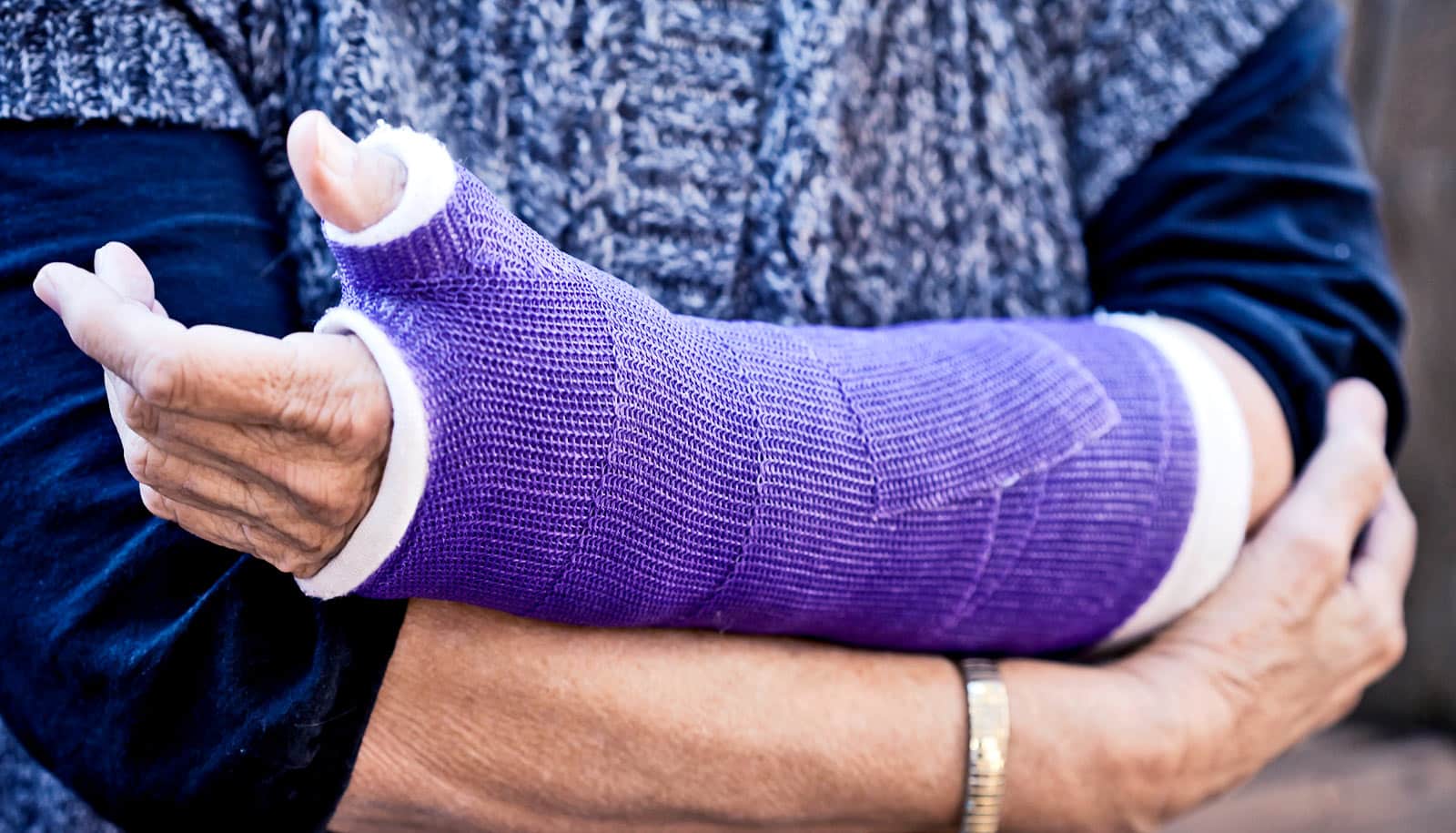Taking a medication that builds bone mass followed by one that maintains it can significantly reduce the risk of fracture among post-menopausal women with severe osteoporosis, according to the results of a clinical trial.
“Keeping patients at a constant bone mass isn’t adequate when they are already suffering from osteoporosis and their bones aren’t strong enough to resist fracture.”
Osteoporosis is a serious condition affecting both women and men, though post-menopausal women are particularly susceptible. The progressive loss of bone mass puts those with the condition at greater risk for fracture.
To date, there is no effective treatment or cure, which is why the promise of this study, which demonstrates that bone mass can be regenerated with the novel bone anabolic medication romosozumab and sustained with antiresorptives, is of such importance.
Over a two-year period, researchers randomly assigned 4,093 women with osteoporosis and a fragility fracture to one of two groups.
The first group received romosozumab for a year, a new monoclonal antibody against sclerostin that is effective at rapidly building bone mass by increasing bone formation and decreasing bone resorption. This was followed by alendronate, an antiresorptive agent commonly used as first-line therapy for osteoporosis, that maintains existing levels of bone mass. The second group received only alendronate.
Researchers observed that the women who received romosozumab followed by alendronate had a 48 percent lower rate of new vertebral fractures when compared with those who only received alendronate. Moreover, the former group had a 19 percent lower risk of nonvertebral fractures, and 38 percent lower risk of hip fracture than those in the latter group.
“Keeping patients at a constant bone mass isn’t adequate when they are already suffering from osteoporosis and their bones aren’t strong enough to resist fracture,” says Andrew Karaplis, a professor of medicine at McGill University who researches metabolic bone disease at the Lady Davis Institute and treats osteoporotic patients at the Jewish General Hospital, one of the centers participating in this phase 3 clinical trial.
“We anticipated less fractures if we first succeeded in increasing the patient’s bone mass followed by a regimen to sustain it,” Karaplis says.
To test osteoporosis drugs, make bones transparent
Karaplis characterizes the study’s results as a “significant breakthrough” in treating osteoporosis, adding that the findings would affect how he treats his patients.
One safety concern did emerge over the course of the trial. During the first year, researchers observed serious cardiovascular events more frequently in the romosozumab-alendronate group (50 of 2040 patients, or 2.5 percent, as compared with 38 of 2014, or 1.9 percent, in the alendronate only group).
“Although the numbers are relatively small, this is a signal that requires further clarification,” says Karaplis. “There exist theoretical considerations that sclerostin inhibition is associated with cardiovascular risk. Alternatively, alendronate could be cardioprotective as shown in some studies. So, we need to look more deeply as to the cause of the observed imbalance in cardiovascular events and be cautious about the patients we choose to treat with romosozumab, at least for now.”
The researchers report their findings in the New England Journal of Medicine.
Source: McGill University



